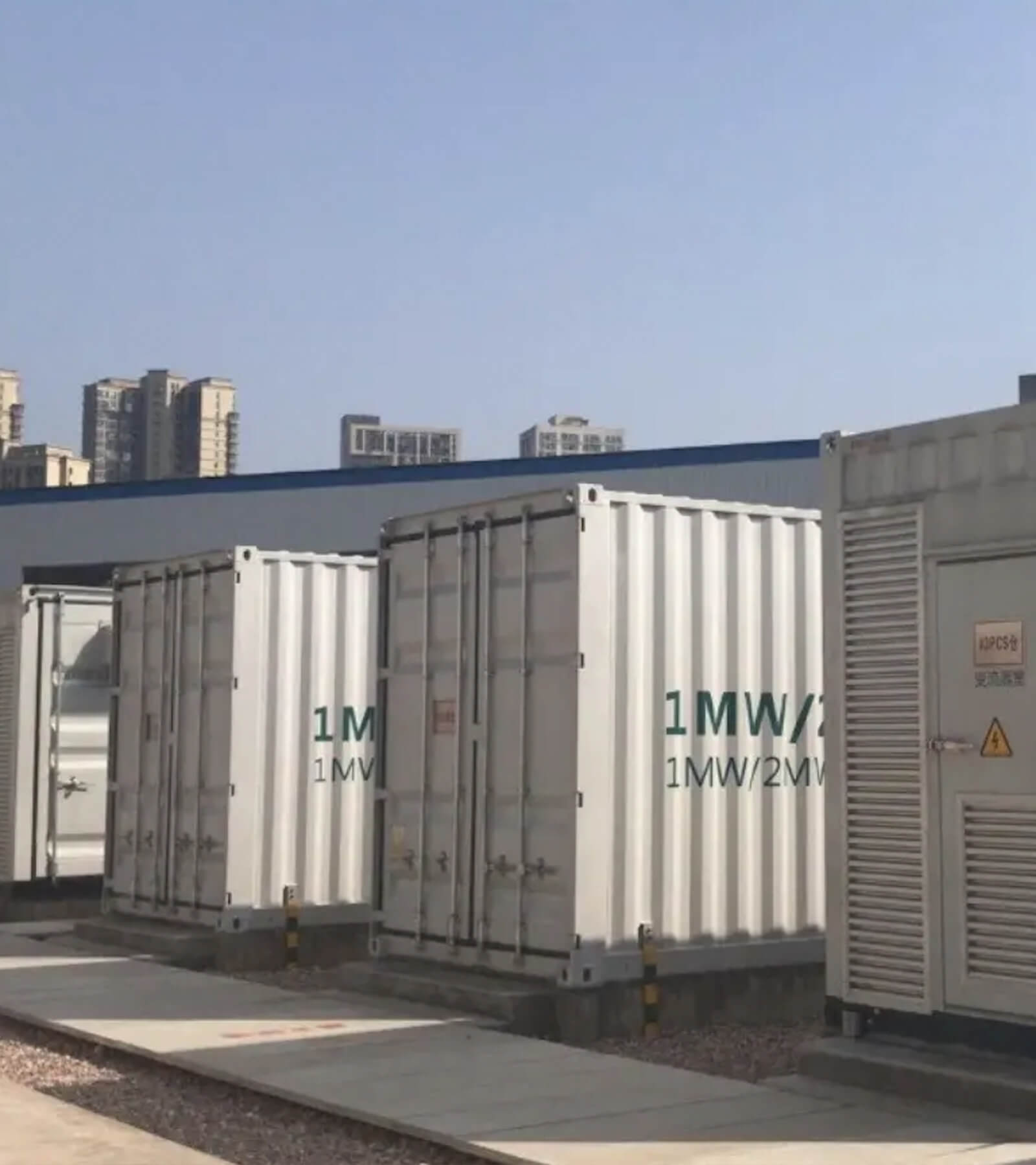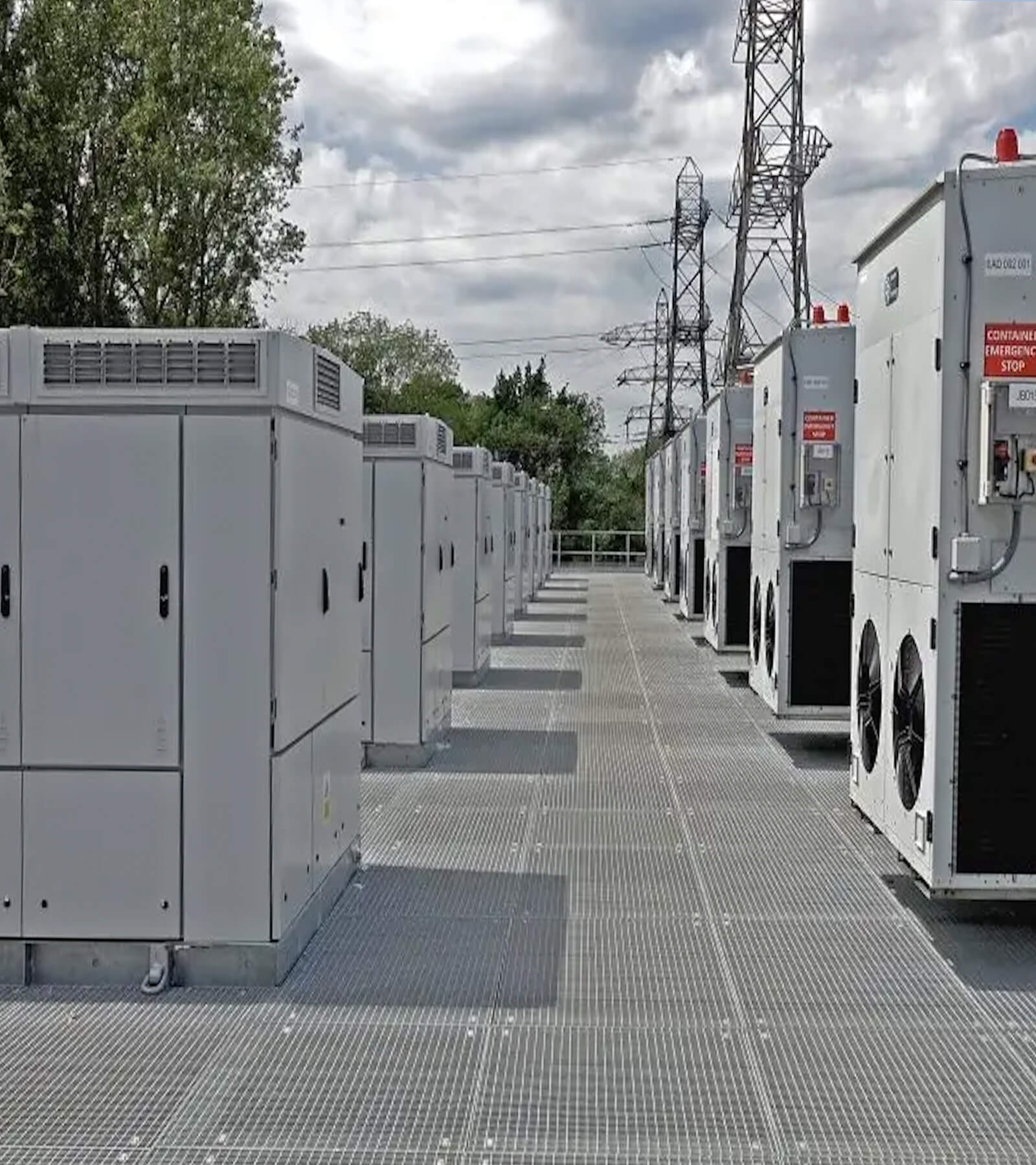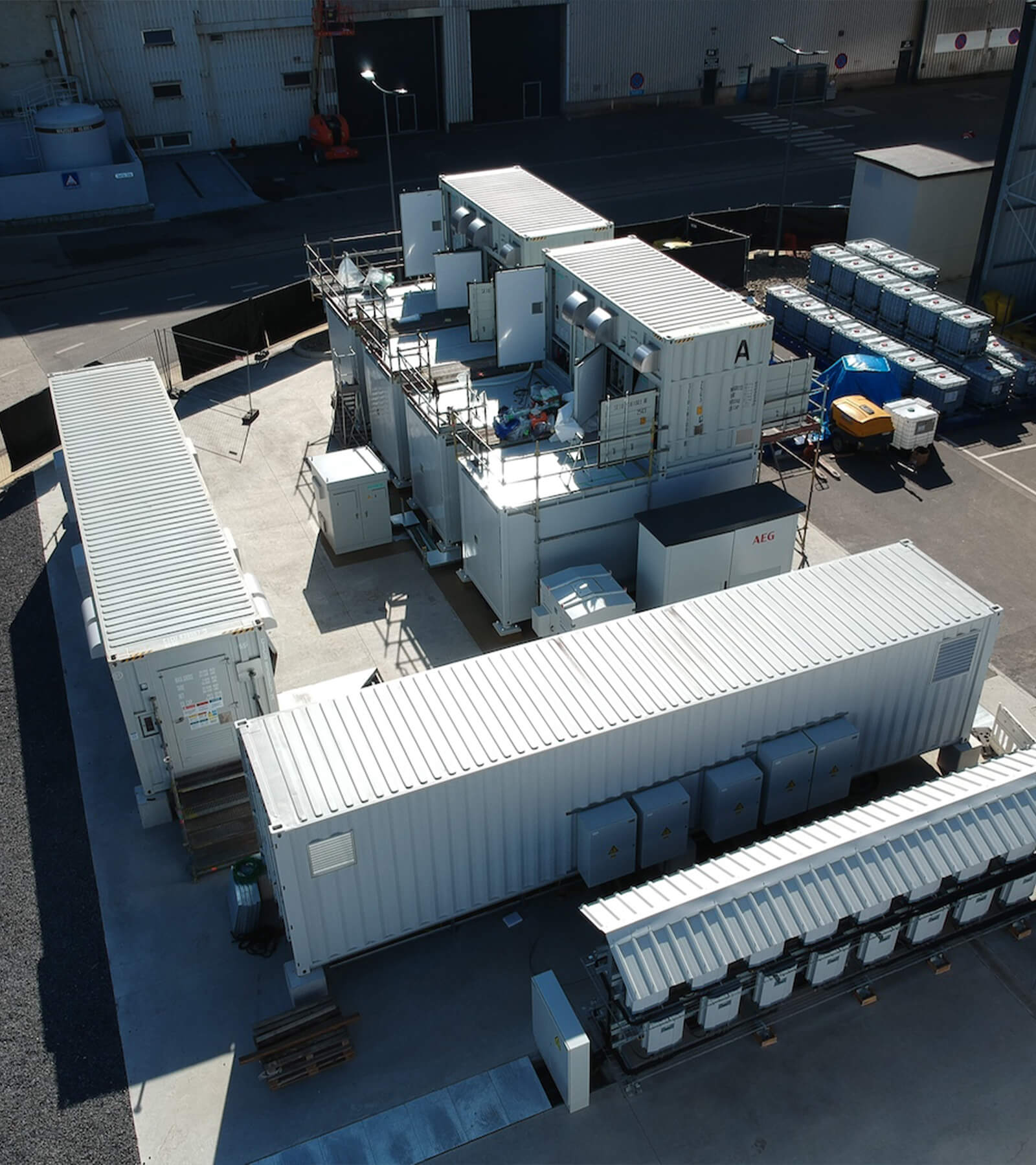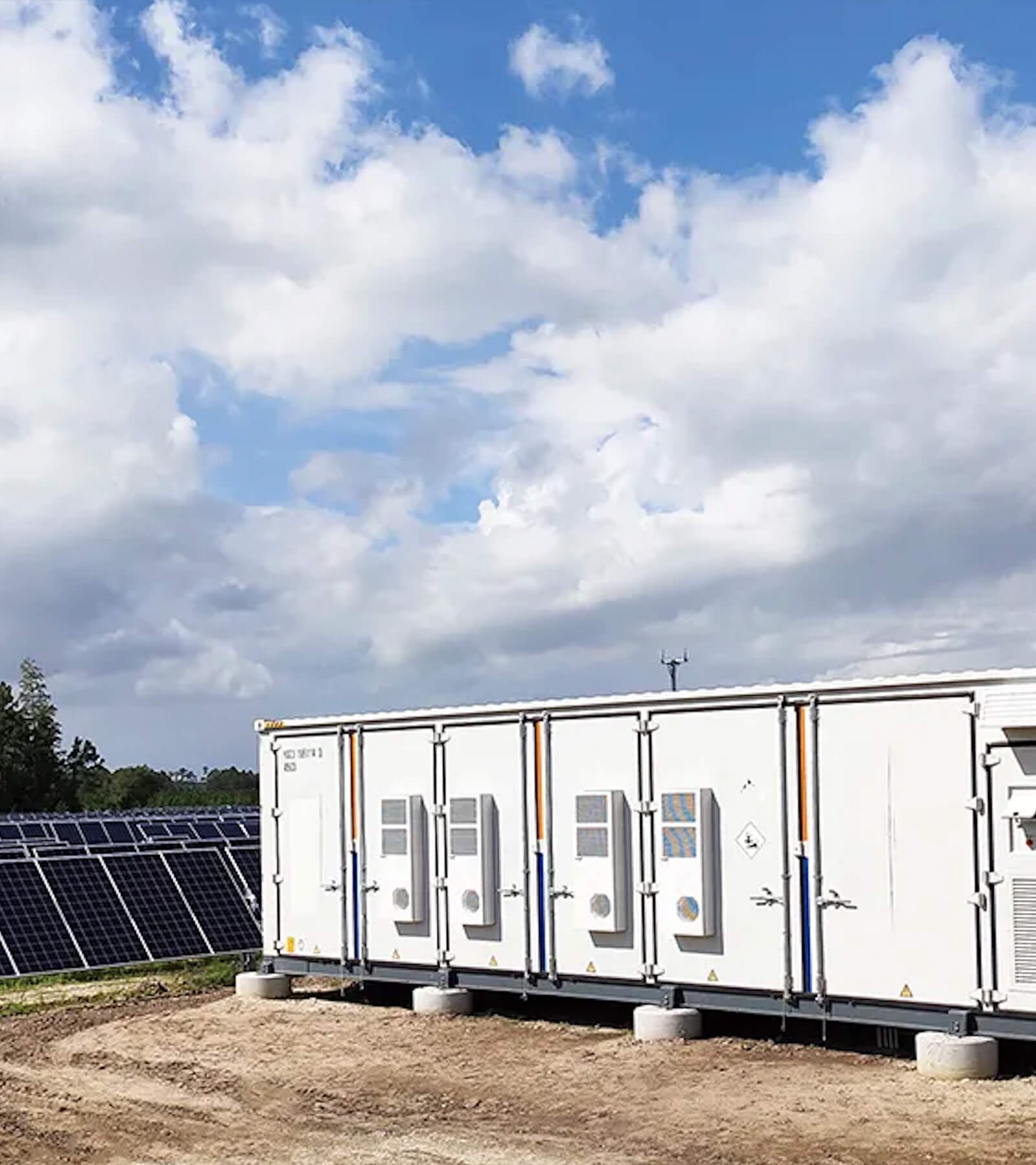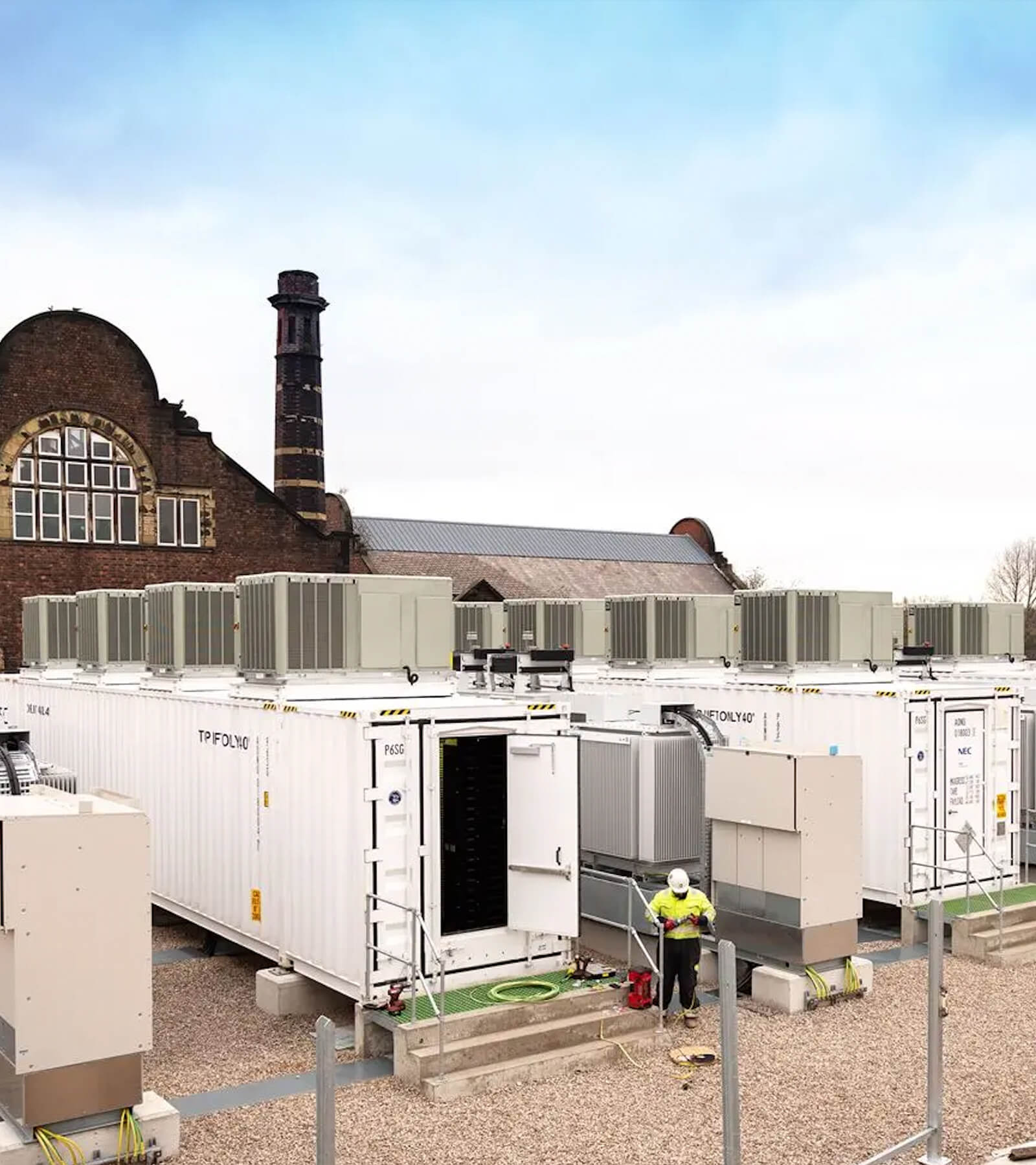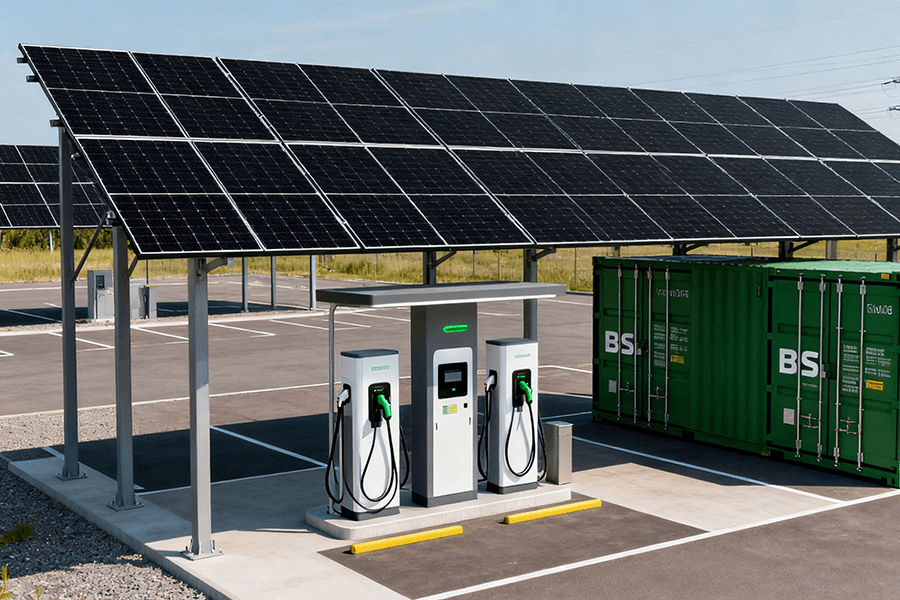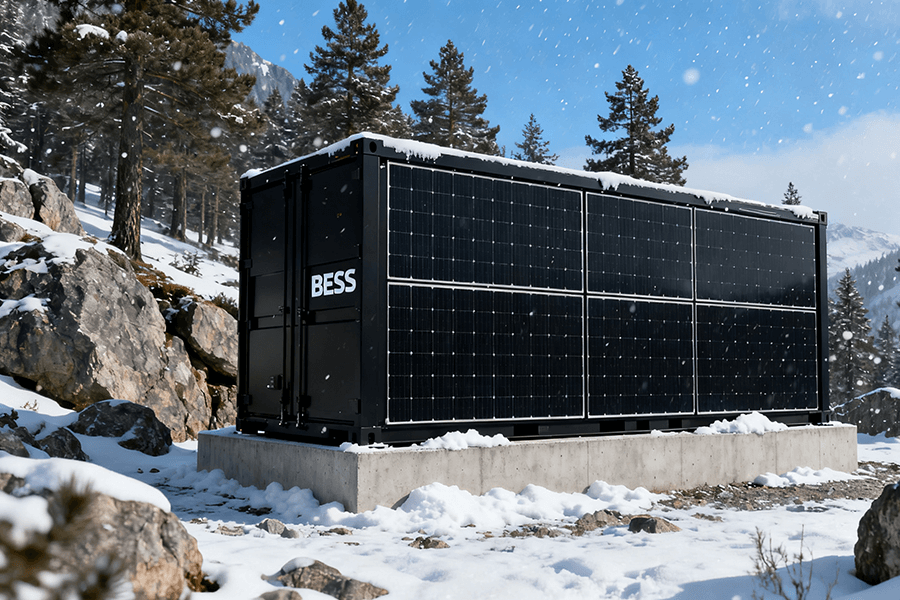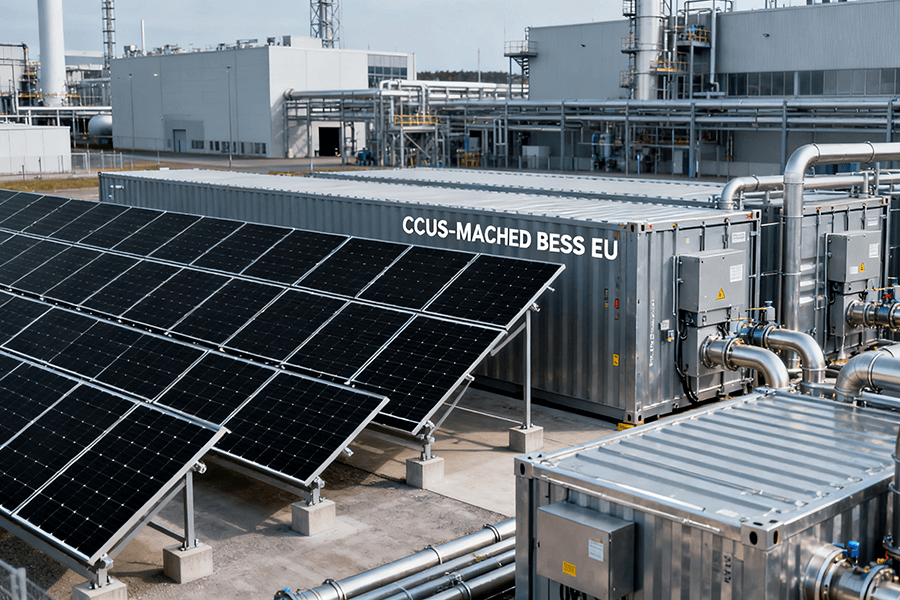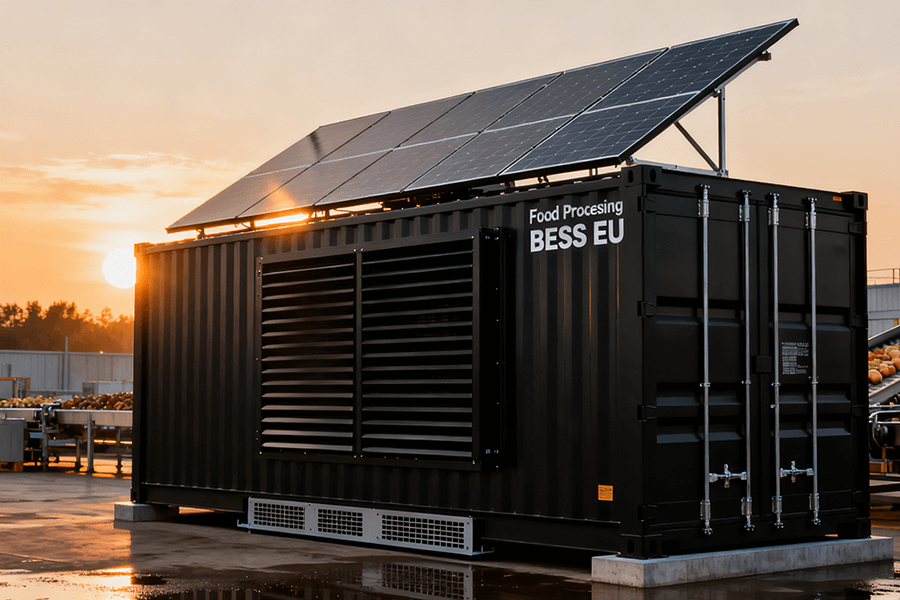With the growing adoption of renewable energy, many European users are exploring off grid solar inverter without battery for their simplicity and cost-effectiveness. At Maxbo, we aim to clarify common questions about these systems, helping you make informed decisions. Below, we address the most pressing concerns, starting with concise answers followed by detailed explanations.
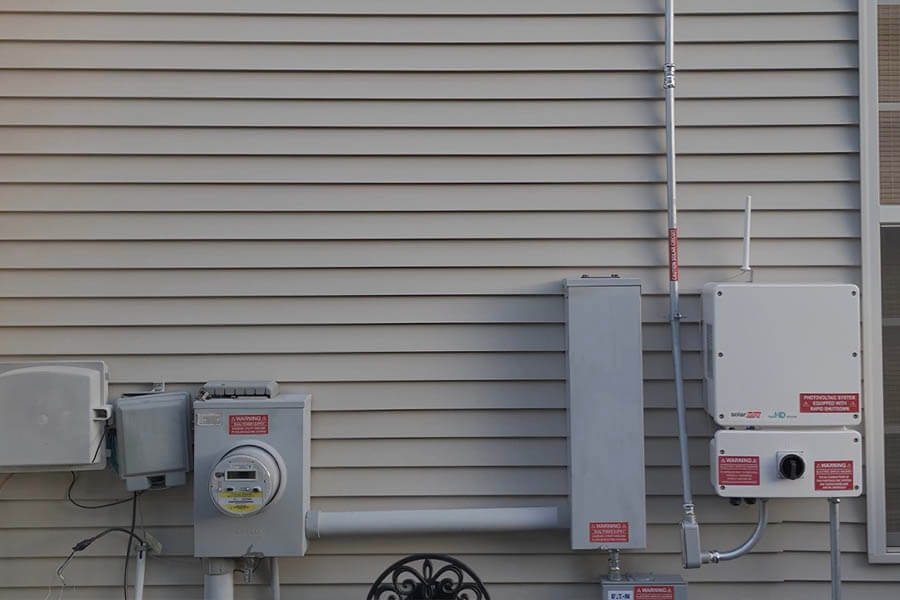
How Does an Off Grid Solar System Without a Battery Work at Night or During Cloudy Weather?
Answer:
It cannot supply power during night or cloudy periods as it relies solely on real-time solar generation. Backup power sources, such as generators, are needed.
Detailed Explanation:
Without batteries, these systems operate only when solar panels produce electricity. During the night or overcast weather, there is no solar power generation, making the system incapable of supplying energy.
- Solution: Add a secondary power source, such as a diesel generator or wind turbine, to ensure continuous electricity supply.
- Example: A 5kW solar system paired with a 5kW generator can sustain operations when solar production drops.
- Consideration: Proper load management during sunlight hours maximizes efficiency (EnergySage).
Does This System Require Grid Connection for Reliability?
Answer:
No, but pairing with the grid ensures reliability and reduces downtime during low solar production.
Detailed Explanation:
While off-grid systems are designed for independent operation, connecting to the grid adds redundancy and minimizes power disruptions.
- Hybrid Configuration: Many off-grid inverters support grid integration, enabling seamless transitions between solar and grid power (Statista).
- Benefit in Europe: High electricity prices in countries like Germany and the UK make solar-grid systems attractive, reducing overall energy costs by up to 30% annually.
- Example: A hybrid setup in France supplies solar power during the day and grid power during nighttime, ensuring uninterrupted electricity.
What Happens to Excess Solar Power in These Systems?
Answer:
Excess energy is wasted, as it cannot be stored for later use.
Detailed Explanation:
Without batteries, unused solar energy goes unutilized when production exceeds consumption. This can lead to system inefficiencies.
- Energy Utilization Strategies:
- Redirect surplus energy to secondary systems, such as water heaters or auxiliary equipment.
- Upgrade to include batteries later, capturing unused energy for nighttime use.
- Market Trend: In Europe, many systems are designed with expandability in mind, allowing users to add batteries as their needs evolve (SolarQuotes).
Is Installation and Maintenance Simpler Without Batteries?
Answer:
Yes, these systems are simpler to install and maintain due to fewer components.
Detailed Explanation:
Battery-free systems eliminate the need for complex wiring, charging controllers, and storage management, reducing installation time and costs.
- Cost Comparison:
- Without Batteries: €10,000–€13,000 for a 5kW system.
- With Batteries: €15,000–€20,000 for the same setup (IRENA).
- Maintenance: Without batteries, users avoid recurring expenses like battery replacement (every 5–10 years) and frequent inspections.
Can Batteries Be Added Later to an Off-Grid System?
Answer:
Yes, most off-grid inverters are designed to support future battery integration.
Detailed Explanation:
Modern inverters often include compatibility for battery storage, enabling users to upgrade their systems over time.
- Costs of Adding Batteries:
- Lithium-ion batteries cost approximately €400–€600 per kWh.
- Example: Adding a 10kWh battery to an existing system would cost €4,000–€6,000.
- Benefits of Future Integration:
- Capture excess solar energy for nighttime use.
- Reduce reliance on external power sources, such as generators or the grid (Energy-Storage.news).
Cost Comparison: With vs. Without Battery
| Component | Without Battery (€) | With Battery (€) |
|---|---|---|
| Solar Panels (5kW) | €7,000–€8,000 | €7,000–€8,000 |
| Inverter (Hybrid) | €2,000–€3,000 | €2,500–€4,000 |
| Battery (10kWh) | N/A | €4,000–€6,000 |
| Installation | €1,500–€2,000 | €2,000–€3,000 |
| Total Cost | €10,500–€13,000 | €15,500–€21,000 |
European Context: Why Consider This System?
Renewable Energy Policies
- Germany: The EEG subsidy supports solar installations, reducing initial investment costs (BMWi).
- France: Offers tax incentives for solar adoption, even without batteries (Gouv.fr).
Energy Cost Savings
- Statistical Insight: Solar power can reduce annual electricity bills by €500–€800, depending on the country and consumption patterns (Eurostat).
Maxbo’s Role: Your Trusted Solar Partner
At Maxbo, we specialize in designing tailored solar solutions, including off-grid systems with or without batteries. Our expertise ensures that your system is scalable, reliable, and meets European standards for efficiency and safety. Learn more about our offerings at Maxbo Solar.
Solar System Price for Home Solar System Price for Home Solar System Price for Home Solar System Price for Home Solar System Price for Home Solar System Price for Home Solar System Price for Home Solar System Price for Home Solar System Price for Hom
Solar System Price for Home Solar System Price for Home Solar System Price for Home Solar System Price for Home Solar System Price for Home Solar System Price for Home Solar System Price for Home Solar System Price for Home
Conclusion
An off-grid solar inverter without battery is ideal for users with daytime energy needs and constrained budgets. These systems are cost-effective and simpler to maintain, but careful planning is required for periods of low solar production. The option to add batteries later provides flexibility as your energy demands grow.
With Maxbo’s guidance, you can design a solution that meets your specific needs. Contact us today to start your journey toward energy independence and sustainability.
Website: www.maxbo-solar.com
Email: [email protected]
Solar System Price for Home Solar System Price for Home Solar System Price for Home Solar System Price for Home Solar System Price for Home Solar System Price for Home Solar System Price for Home Solar System Price for Home Solar System Price for Hom
Solar System Price for Home Solar System Price for Home Solar System Price for Home Solar System Price for Home Solar System Price for Home Solar System Price for Home Solar System Price for Home Solar System Price for Home

